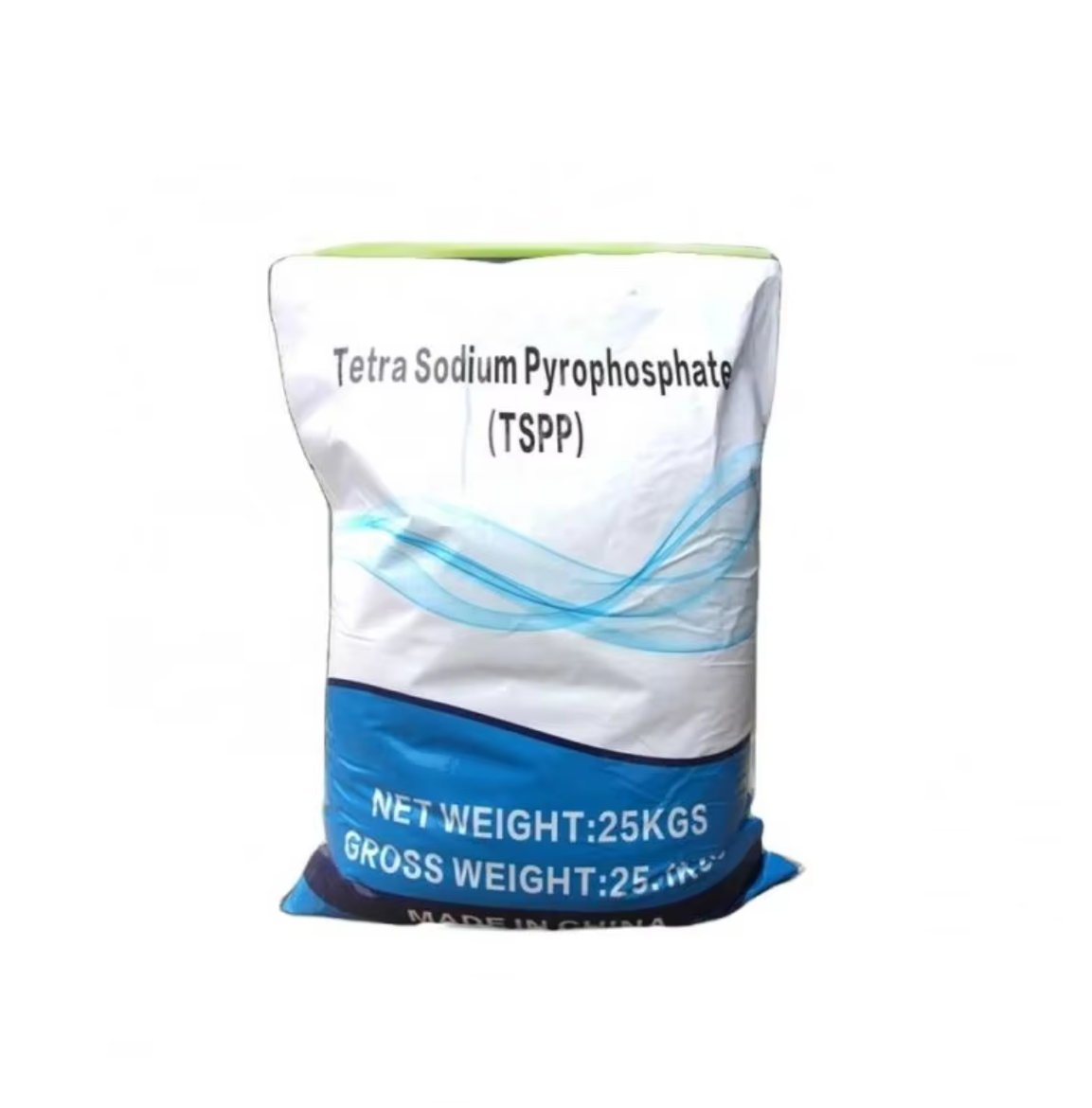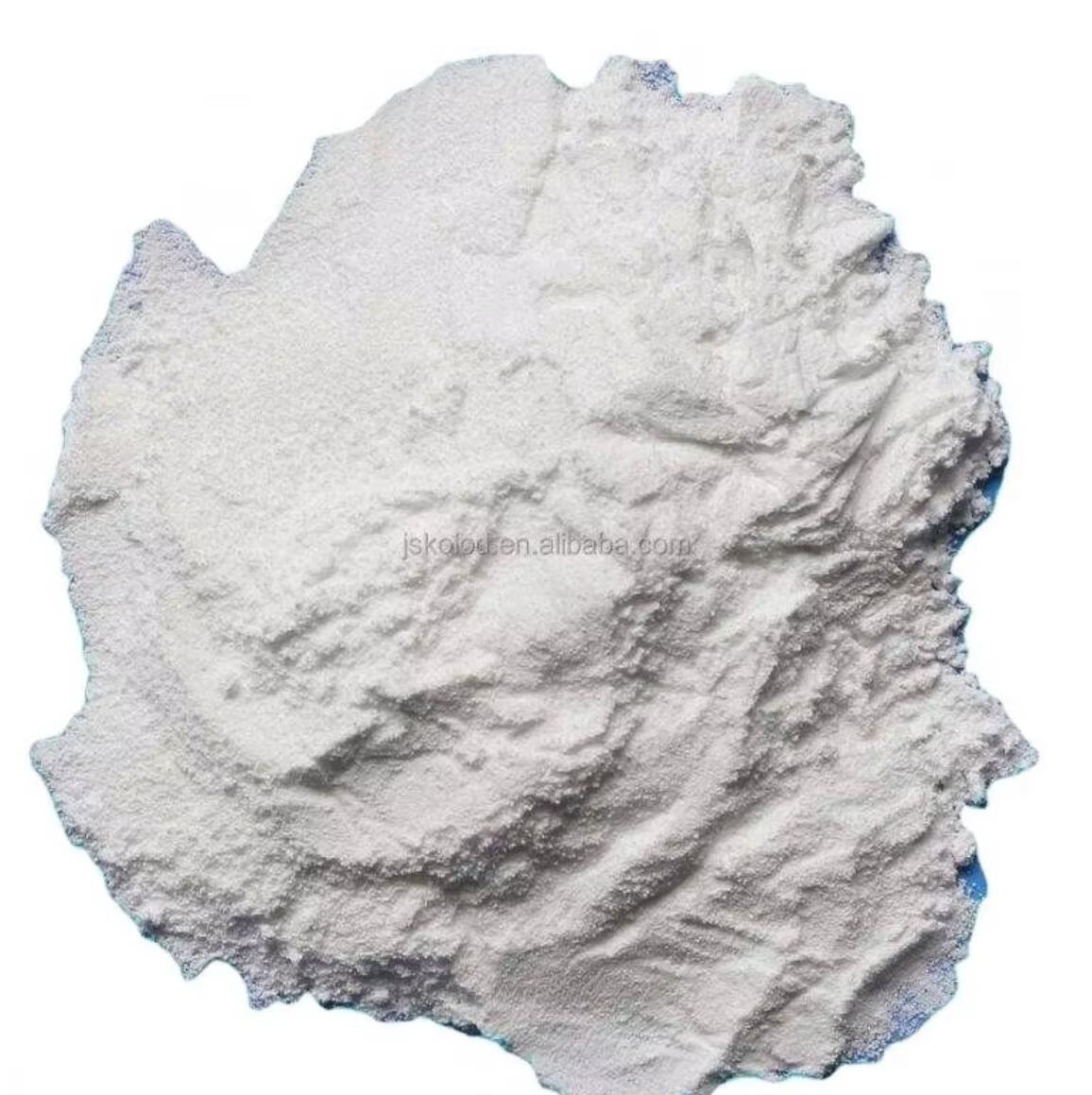Understanding Proper Handling of Tetrasodium Pyrophosphate
Key Risks of Improper Handling
Working with Tetrasodium Pyrophosphate (TSPP) comes with some pretty significant risks because it's an irritant. People who handle this stuff often report problems with their skin and lungs. When someone gets exposed, they might end up with irritated skin or even serious issues in their eyes. That's why workers need to be extra careful around it. Breathing in TSPP over long periods can really mess up the respiratory system too, so companies should definitely have good safety rules in place. There are records from various safety groups showing what happens when people don't follow proper protocols. We've seen cases where bad handling led to actual workplace accidents and slowed down production lines quite a bit. The bottom line is that businesses must train staff properly on how to deal with this chemical safely. Putting protective gear on regularly and making sure everyone knows what to do if something goes wrong will go a long way toward keeping workplaces safe.
Essential Personal Protective Equipment (PPE)
Personal Protective Equipment (PPE) is crucial when handling Tetrasodium Pyrophosphate to prevent exposure to harmful effects. Key protective gear includes:
- Gloves: Prevent skin contact and potential irritation.
- Goggles or Face Shields: Protect eyes from irritating dust or splashes.
- Protective Clothing: Shields skin from direct contact with TSPP.
Different kinds of personal protective equipment (PPE) each have their own role to play, but when used together they form a solid defense against dangerous exposures. Keeping PPE in good condition through regular checks makes all the difference. Worn out gear just doesn't work right anymore and can leave workers vulnerable. For companies dealing with chemicals during TSPP operations, having solid PPE procedures in place isn't just recommended it's absolutely essential for anyone serious about workplace safety.
Optimal Storage Conditions for Tetrasodium Pyrophosphate
Ideal Temperature and Humidity Levels
Keeping Tetrasodium Pyrophosphate at the right temperature really matters when it comes to proper storage. Most experts recommend keeping it somewhere between 15 and 30 degrees Celsius. This temperature window helps maintain chemical stability so the product stays effective over time. Chemical safety standards from multiple manufacturers back up these recommendations as they help prevent breakdown of the compound and extend shelf life. Humidity control is another important factor. Low humidity environments work best because excess moisture can cause problems like clumping or make the chemical less stable overall. Industry professionals typically store this substance in dry areas with good air circulation. Many warehouses actually have dedicated storage spaces specifically designed for chemicals like Tetrasodium Pyrophosphate where both temperature and humidity can be carefully monitored throughout the year.
Avoiding Contamination and Incompatible Materials
Keeping Tetrasodium Pyrophosphate away from contaminants and incompatible substances matters a lot for proper storage. Clean containers made of glass or stainless steel work best, along with dedicated storage spaces that stay dry and cool. Nobody wants their product degraded by impurities getting mixed in. Strong acids and oxidizing agents should definitely stay far away from this compound since reactions between them could create dangerous situations. Proper labels on all containers help workers know exactly what they're handling, which reduces mistakes. Separating different chemicals in storage areas prevents accidental mixing that might ruin batches or worse yet, cause hazardous reactions. These basic precautions go a long way toward maintaining quality throughout storage periods.
Safety Measures During Tetrasodium Pyrophosphate Use
Emergency Procedures for Exposure Incidents
Tetrasodium Pyrophosphate requires quick action when someone gets exposed to it. For skin contact, washing the area right away with soap and plenty of water is the first step. If it gets in the eyes, flushing them out with running water for at least five minutes makes sense, and taking out contacts might be necessary too. People should still see a doctor if redness or discomfort doesn't go away after cleaning. Getting staff trained on what to do matters a lot because it means everyone knows how to react properly. Workplace safety reports indicate businesses that practice their emergency responses tend to handle accidents better and recover faster from incidents. Regular drills make all the difference in keeping workers safe around substances like Tetrasodium Pyrophosphate.
Ventilation and Workspace Hygiene
Getting good air movement throughout the workspace is really important when dealing with Tetrasodium Pyrophosphate particles floating around. When there's enough fresh air circulating, it stops those fine powders from settling down as dust, which means workers aren't breathing them in so much. This creates a much better atmosphere overall for everyone on site. Cleaning up after operations shouldn't be an afterthought either. Regular sweeps and vacuuming keep residues from building up where they could cause problems later on. Most facilities find that setting up monthly checks works well for keeping things clean and safe. For actual ventilation solutions, local exhaust systems tend to perform best in these situations. Fume hoods are another solid option too since they pull contaminated air right away from where people are working. These setups meet all the standard requirements set by health and safety regulations. Making sure both ventilation and daily cleaning routines stay consistent goes a long way toward protecting staff while following proper protocols for handling this chemical compound.
Best Practices for Spill Management and Disposal
Step-by-Step Spill Cleanup Protocol
Handling spills of Tetrasodium Pyrophosphate requires a precise spill response plan to ensure safety and efficiency. Here's a comprehensive sequence for managing such spills:
- Immediate Actions: Begin by cordoning off the spill area to prevent unauthorized access. Wearing appropriate personal protective equipment is crucial to preventing exposure.
- Containment Methods: Use absorbent materials to prevent the spread of the chemical. These materials should be readily available and labeled for quick identification.
- pH Testing: Conduct pH tests to determine the toxicity level and plan neutralization steps accordingly.
- Helpful Tools and Materials: Equipped with items such as dust masks, protective gloves, and goggles, employees should swiftly address the spill and clear debris using brooms and shovels into designated disposal containers.
- Safety Concerns: Ensuring proper handling and personal protection during spill management reduces the risk of adverse health effects.
It's advisable to refer to expert views and guidelines from chemical safety authorities to ensure comprehensive spill response best practices.
Environmentally Safe Disposal Methods
Disposing of Tetrasodium Pyrophosphate necessitates methods that conform to local environmental regulations. Here's how it can be done effectively:
- Appropriate Disposal Methods: Tetrasodium Pyrophosphate waste must be disposed of in accordance with local regulations, usually in designated hazardous waste facilities that prevent environmental contamination.
- Recycling Options: Evaluate possibilities for recycling or re-purposing Tetrasodium Pyrophosphate waste. Although recycling options may be limited, they can significantly decrease environmental impact if feasible.
- Guidelines from Environmental Agencies: By consulting environmental protection agencies' regulations, businesses can ensure that their waste management practices align with standards for hazardous materials.
Adhering to these safe disposal practices not only minimizes ecological harm but also aligns with sustainable business operations, promoting environmental stewardship.
For more details about the safe handling and disposal of Tetrasodium Pyrophosphate, refer to authoritative sources and industry standards such as OSHA and EPA guidelines.
FAQÂ
What is Tetrasodium Pyrophosphate?
Tetrasodium Pyrophosphate (TSPP) is a chemical compound used in various industries, primarily as a buffering agent, emulsifier, or thickening agent.
What are the health risks of handling Tetrasodium Pyrophosphate?
Handling Tetrasodium Pyrophosphate can lead to skin and respiratory irritation, and it may cause serious eye irritation if proper precautions aren't taken.
What PPE is necessary when handling Tetrasodium Pyrophosphate?
Personal Protective Equipment such as gloves, goggles, or face shields, and protective clothing are recommended to protect against exposure.
How should Tetrasodium Pyrophosphate be stored?
It should be stored at temperatures between 15-30°C, in a dry and well-ventilated environment, away from strong acids or oxidizers.
What should be done in case of exposure?
Immediately wash the affected area with soap and water if skin exposure occurs, and rinse eyes with water if eye exposure happens. Seek medical help if irritation persists.
How should spills of Tetrasodium Pyrophosphate be managed?
Spills should be contained using absorbent materials, handled with protective equipment, and disposed of as per local regulations to ensure safety.Â
Is recycling of Tetrasodium Pyrophosphate possible?
Recycling options are limited but can be explored to reduce environmental impact, subject to feasibility and local guidelines.
Table of Contents
-
Understanding Proper Handling of Tetrasodium Pyrophosphate
- Key Risks of Improper Handling
- Essential Personal Protective Equipment (PPE)
- Optimal Storage Conditions for Tetrasodium Pyrophosphate
- Ideal Temperature and Humidity Levels
- Avoiding Contamination and Incompatible Materials
- Safety Measures During Tetrasodium Pyrophosphate Use
- Emergency Procedures for Exposure Incidents
- Ventilation and Workspace Hygiene
- FAQÂ



